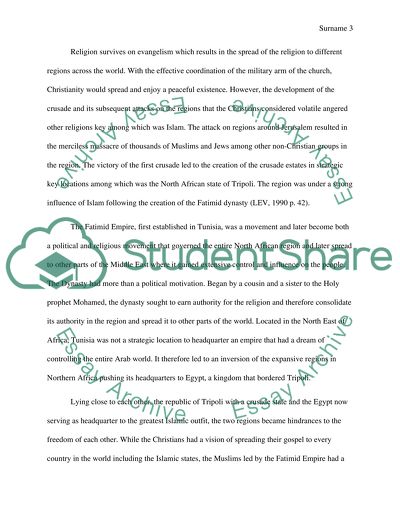Cite this document
(“How do we explain the stance of the Fatimid Empire towards the Essay”, n.d.)
Retrieved from https://studentshare.org/history/1475279-how-do-we-explain-the-stance-of-the-fatimid-empire
Retrieved from https://studentshare.org/history/1475279-how-do-we-explain-the-stance-of-the-fatimid-empire
(How Do We Explain the Stance of the Fatimid Empire towards the Essay)
https://studentshare.org/history/1475279-how-do-we-explain-the-stance-of-the-fatimid-empire.
https://studentshare.org/history/1475279-how-do-we-explain-the-stance-of-the-fatimid-empire.
“How Do We Explain the Stance of the Fatimid Empire towards the Essay”, n.d. https://studentshare.org/history/1475279-how-do-we-explain-the-stance-of-the-fatimid-empire.


